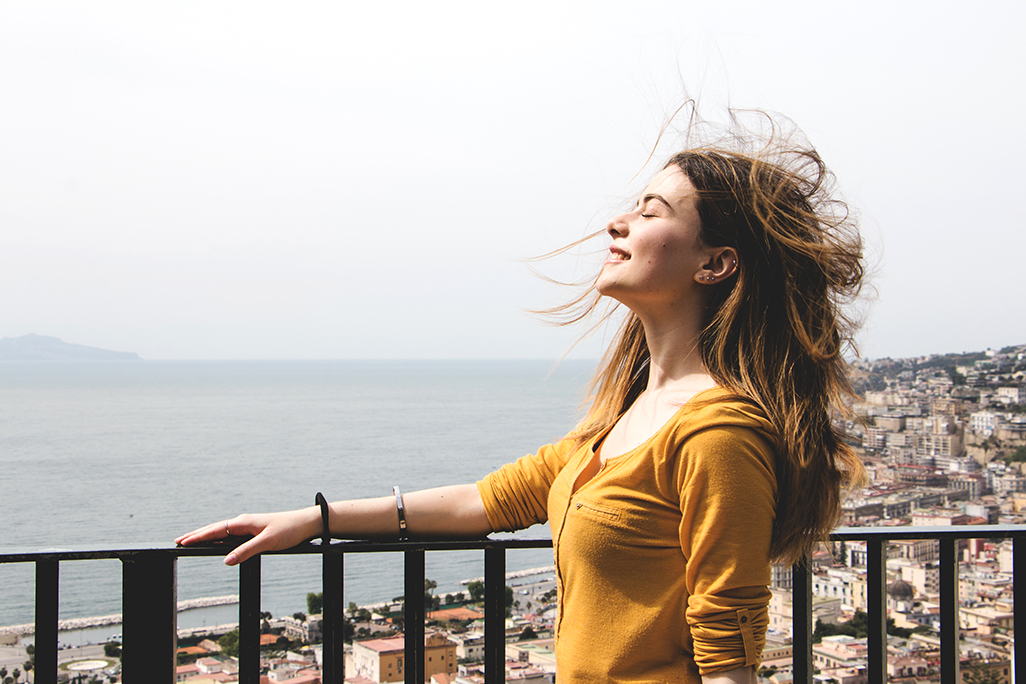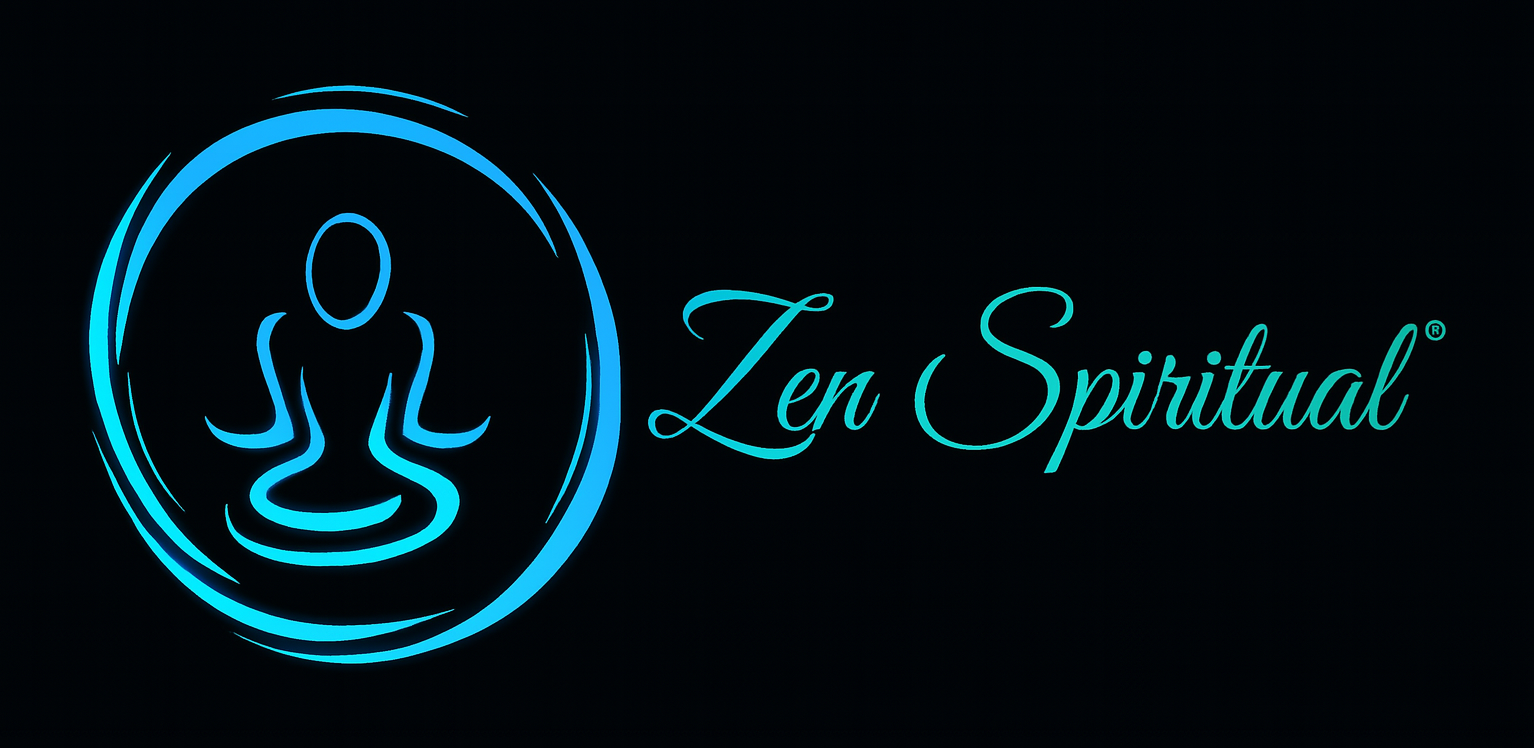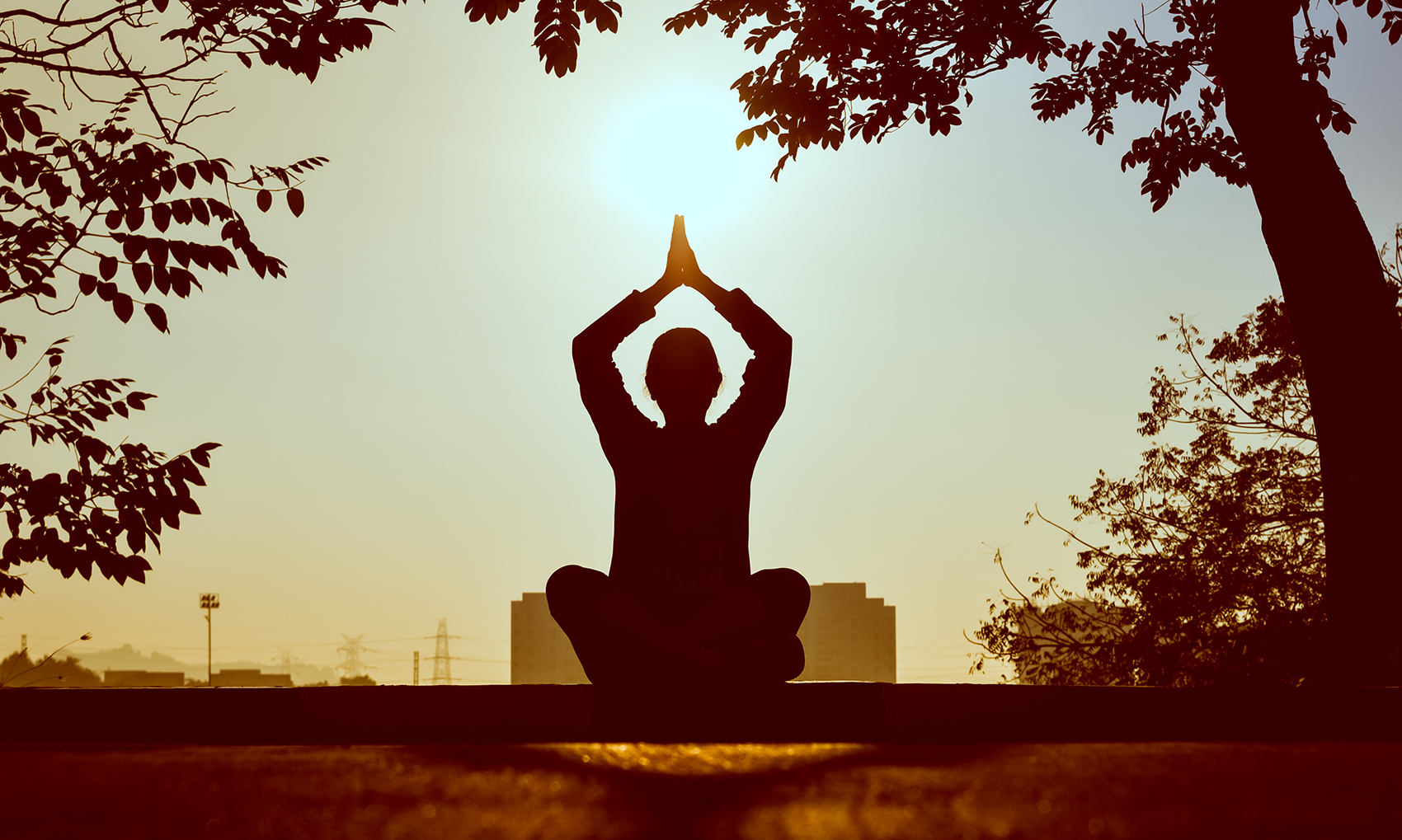
The sympathetic nervous system helps us to perform faster, higher, and longer. When the body is suffering from anxiety or subjected to stress, the sympathetic nervous system becomes weak. Breathing exercises can help you deal with such short-term emergencies. They are a good way to start your day; they are not difficult to learn and can be effective in managing anxiety and chronic stress. It can also be used to relax and bring balance to the mind and body.
Tips for Breathing Exercises
Deep Breathing
There are various exercises that you can do to get away with stress and panic attacks. One of the deep breathing exercises Deep breathing is the best technique for reducing stress and anxiety. Deep breathing can be practiced while sitting in a chair completely straight with your back on the back on your floor or bed. You need to take a slow, deep breath for about 5 seconds. Then hold the breath in for just a few seconds, and again breathe out through the mouth. The exercise should be repeated about 10 times. This method of breathing is important to keep the body calm and to make sure it experiences a soothing effect.
Alternate Nostril Breathing- ANB
Also known as Anuloma Viloma, alternate nostril breathing is a yogic breathing exercise. It is usually practiced in the ratio of 1:4:2. This means for every count of breath you inhale, you retain your breath for four times as long and exhale for twice as long – for example, when you close your left nostril with your thumb, breath in through your right nostril for a count of two, then close both nostrils and retain the breath for a count of 8, finally exhale for a count of 4. ANB helps to balance the autonomic nervous system, improve concentration on a subject or object, and it also balances the left and right hemispheres of the brain.
The Calming Breathe
The calming breath exercise is another effective exercise for meditation and reversing stress and anxiety. This breathing exercise is applied when one is under intense pressure, usually before a presentation. It helps to take off anything bordering you face the crowd. The calming breathe turns off the sympathetic nervous system and brings calmness, serenity, and peace from within.
Controlled Tempo Breathing- CTP
CTP You can be practiced either sitting down or lying down. Just make sure you close your eyes and breathe according to the number of beats (your choice) per exhalation. That is, for every 4 beats, inhale 4 counts and then hold for 4 counts and exhale for 4 counts. Do this for several minutes consistently. Most professionals follow up this breathing exercise with a deeper meditation.
Bellows Breathing – Bhrastika
Bellows breathing helps relieve fatigue and renews energy. It is as simple as practicing short and rapid rhythmic breaths through your nose, repeatedly. When it is regularly practiced, it can re-energize the body and improve your energy throughout the day.
Being consistent with these breathing exercises is key to maintaining a healthy lifestyle. Regular practice also increases your strength and endurance. If you have any questions, kindly visit Zen Spiritual.

